I have been admiring the cool guitar string jewelry that keeps popping up online. As a jewelry maker, I would love to make my own. But sadly, I lack the most crucial component–the guitar strings. (Oh, what to do? Give up? Nope.) For this project, I turn Memory Wire and Spring Bracelets into my own style of guitar-string earrings. It’s easy, it’s fun, and if I can do it, you can too! Read on to learn how.
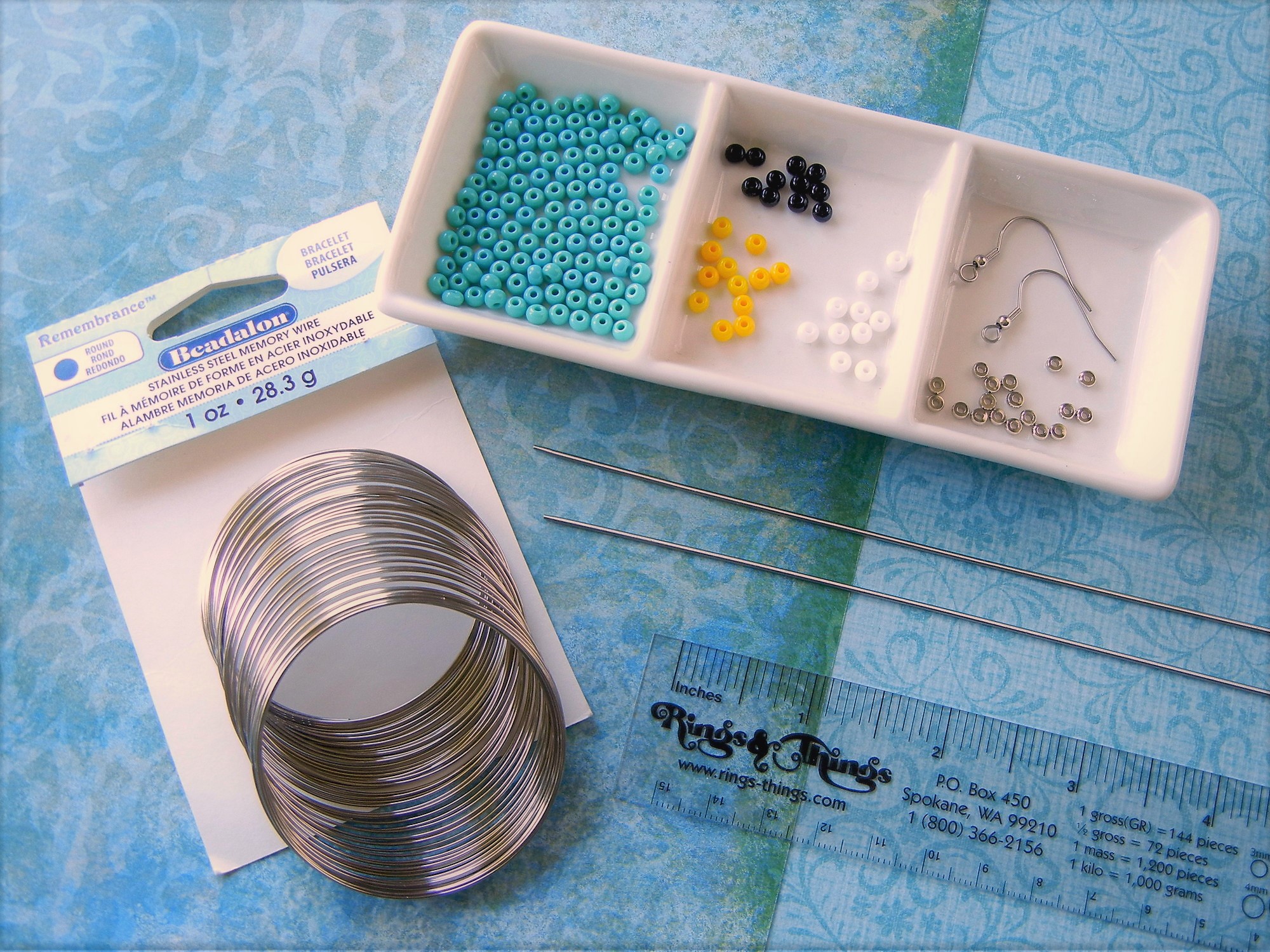
You will need these supplies
- 2 each 7″ bracelet Spring (Item #61-459)
- 2 coils Bracelet Remembrance™ memory wire (I used item #61-177)
- 44 Size 6 E-beads (I used Items #23-264-401, #23-264-321, #23-264-011, and #23-264-021)
- 8 each White-plated heishi beads (Item #26-233-1)
- 1 pair French hook ear wires (I used item #34-220-04-1)
- Adhesive (optional for permanently gluing the spring bracelet ends together)
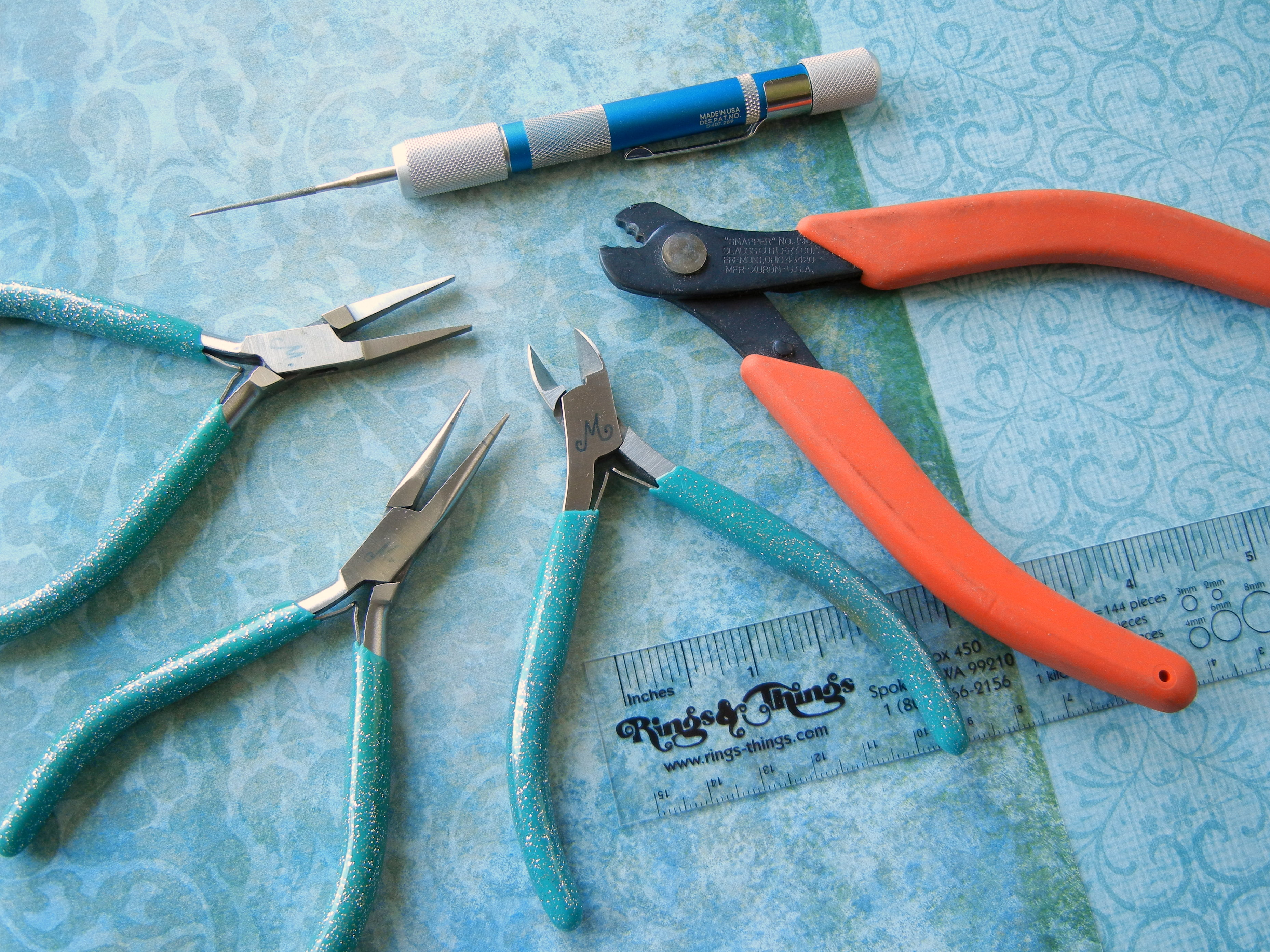
You will need these tools
- #69-271-08 EURO TOOL Glitter, Flat-Nose Jewelry Pliers
- #69-271-03 EURO TOOL Glitter, Chain-Nose Jewelry Pliers
- #69-271-05 EURO TOOL Glitter, Semi-Flush Side Cutter
- #65-507 or #69-057 Heavy-Duty Wire Cutters
- #83-395 EURO TOOL Bead Reamer Set
- #69-058 Beadalon Bead Reamer, Battery Operated
Instructions
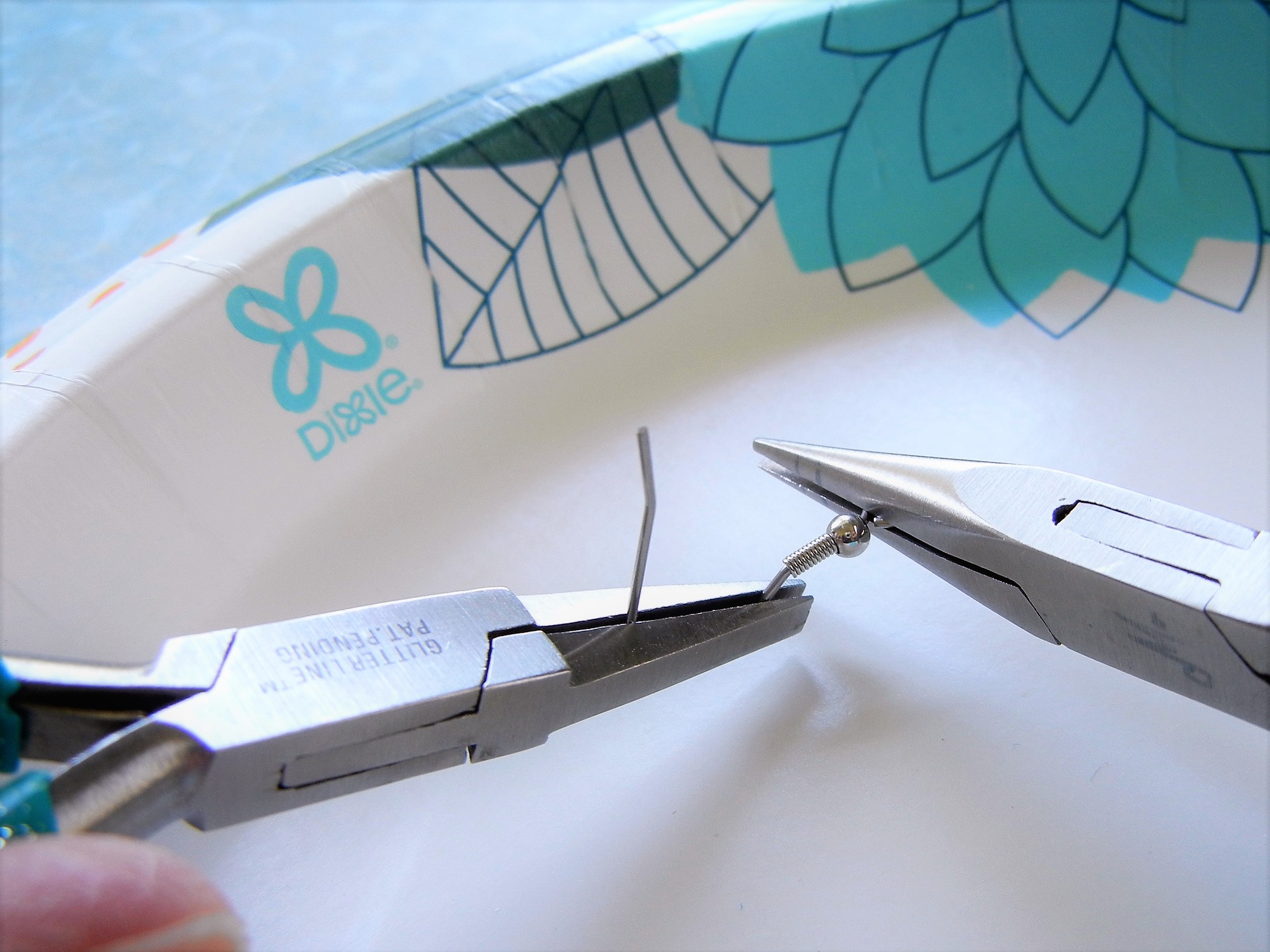
The loop of most ear wires is parallel with the hook, which works well for charm dangles. But for large hoop earrings, I prefer to twist the ear wire loop perpendicular to the ear hook. Changing the direction of the earring loop will allow the hoops to hang parallel to the side of your face.
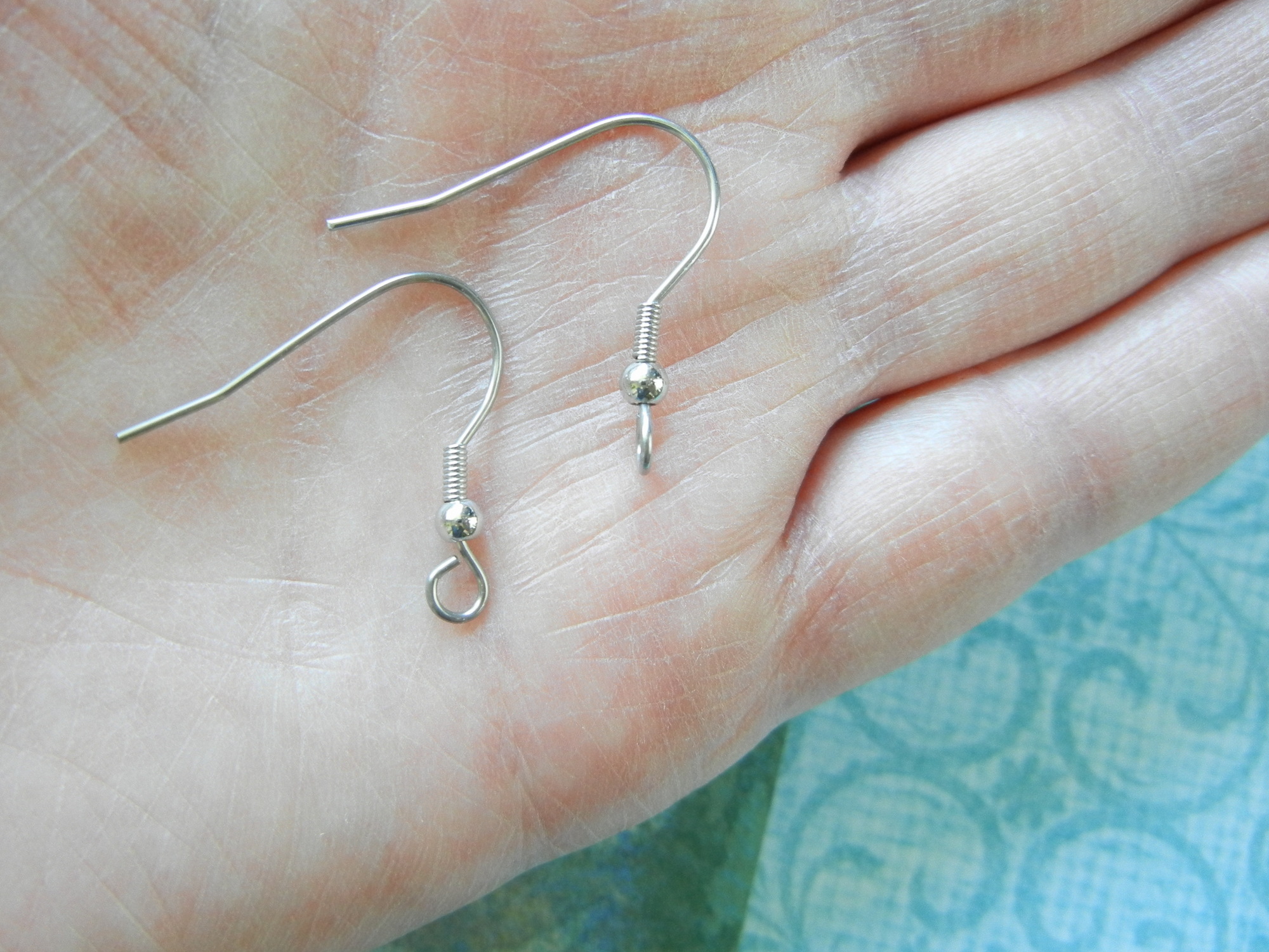
Here is a visual comparison of the before-and-after earring hooks; the hook on the left is as is, and the earring hook on the right has an adjusted (twisted 90 degrees) loop.
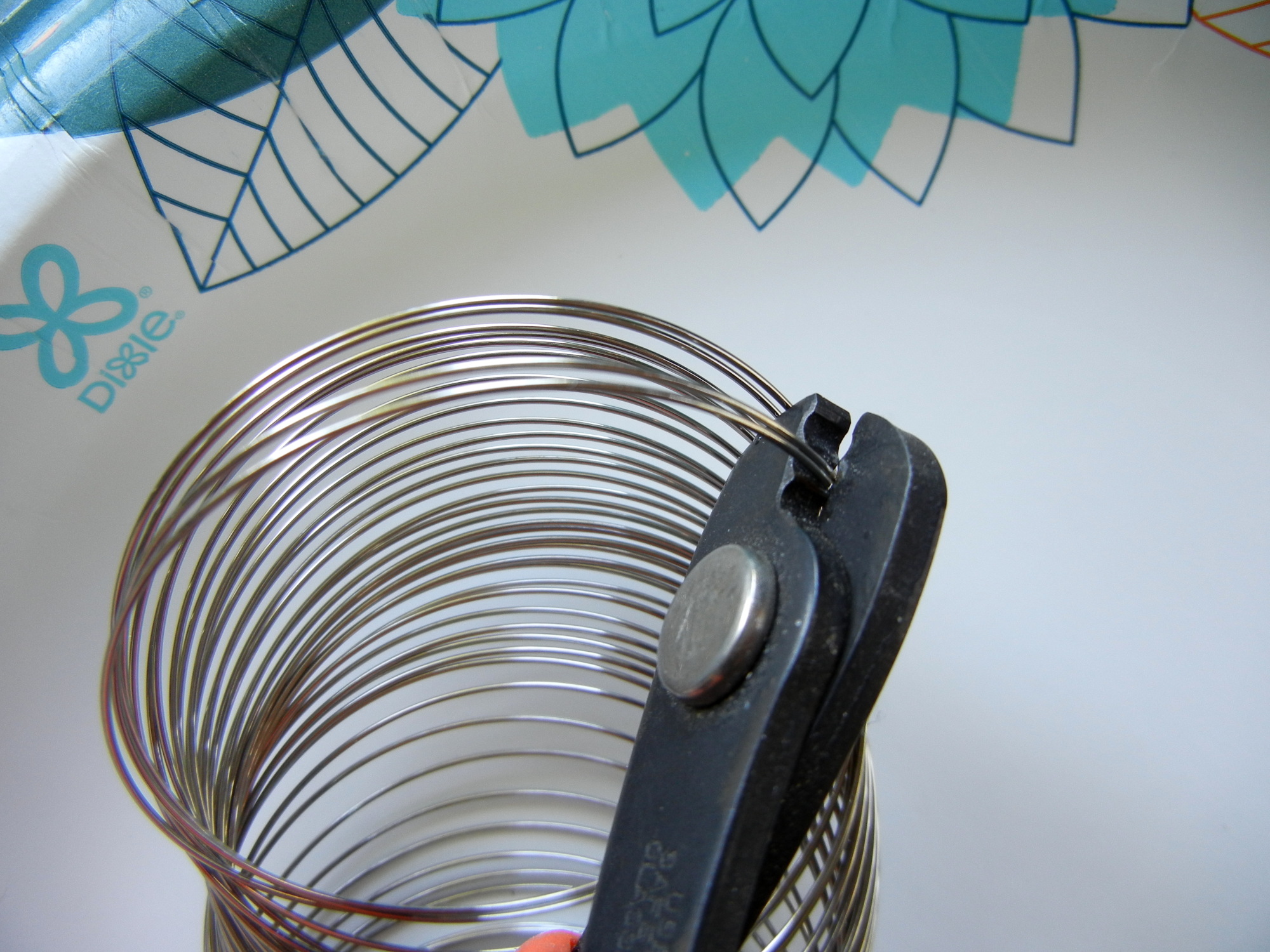
Use heavy-duty Memory Wire cutters to clip off a single loop of wire. The heavy-duty wire cutters withstand the wear and tear of cutting steel Memory Wire. Don’t use your regular side cutters because the steel wire may permanently damage their cutting edge.
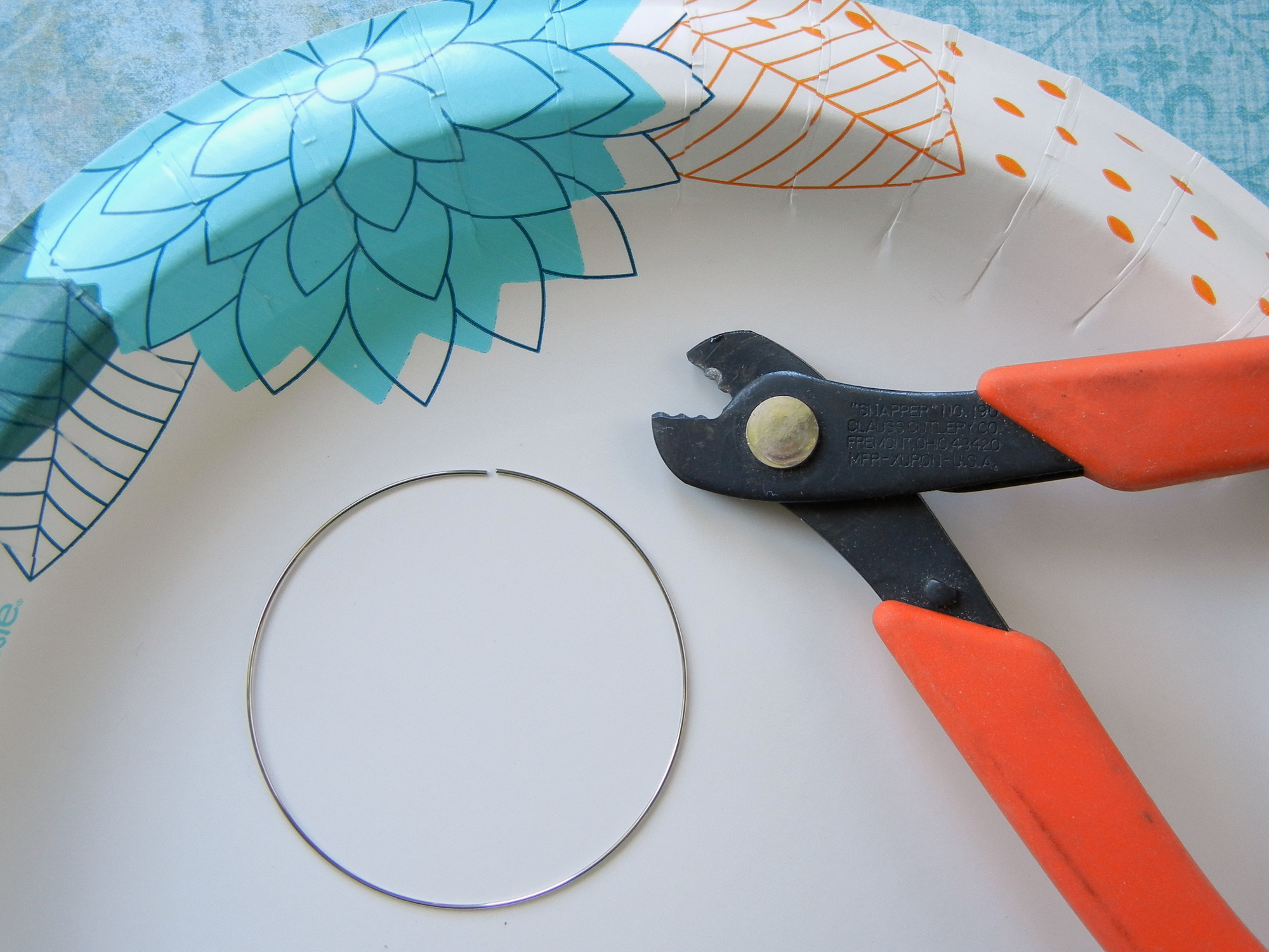
The cut Memory Wire loop will be the foundation for a large-hoop earring. As its name implies, Memory wire remembers its shape; this makes it the perfect material for this jewelry project.
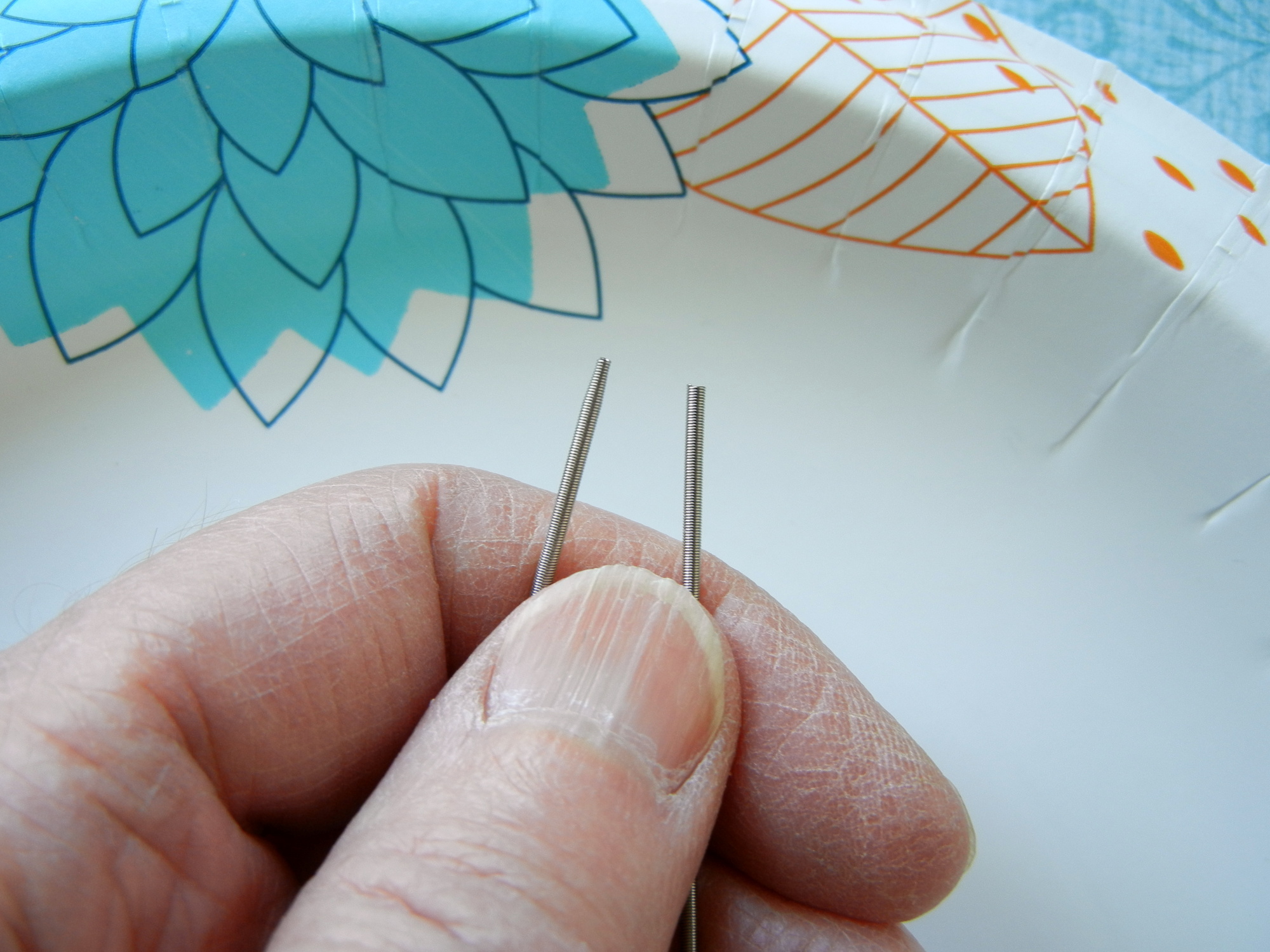
The spring bracelet wire has two different ends; the blunt open spring end and the pointed end. The pointy end fits snugly inside the open end.
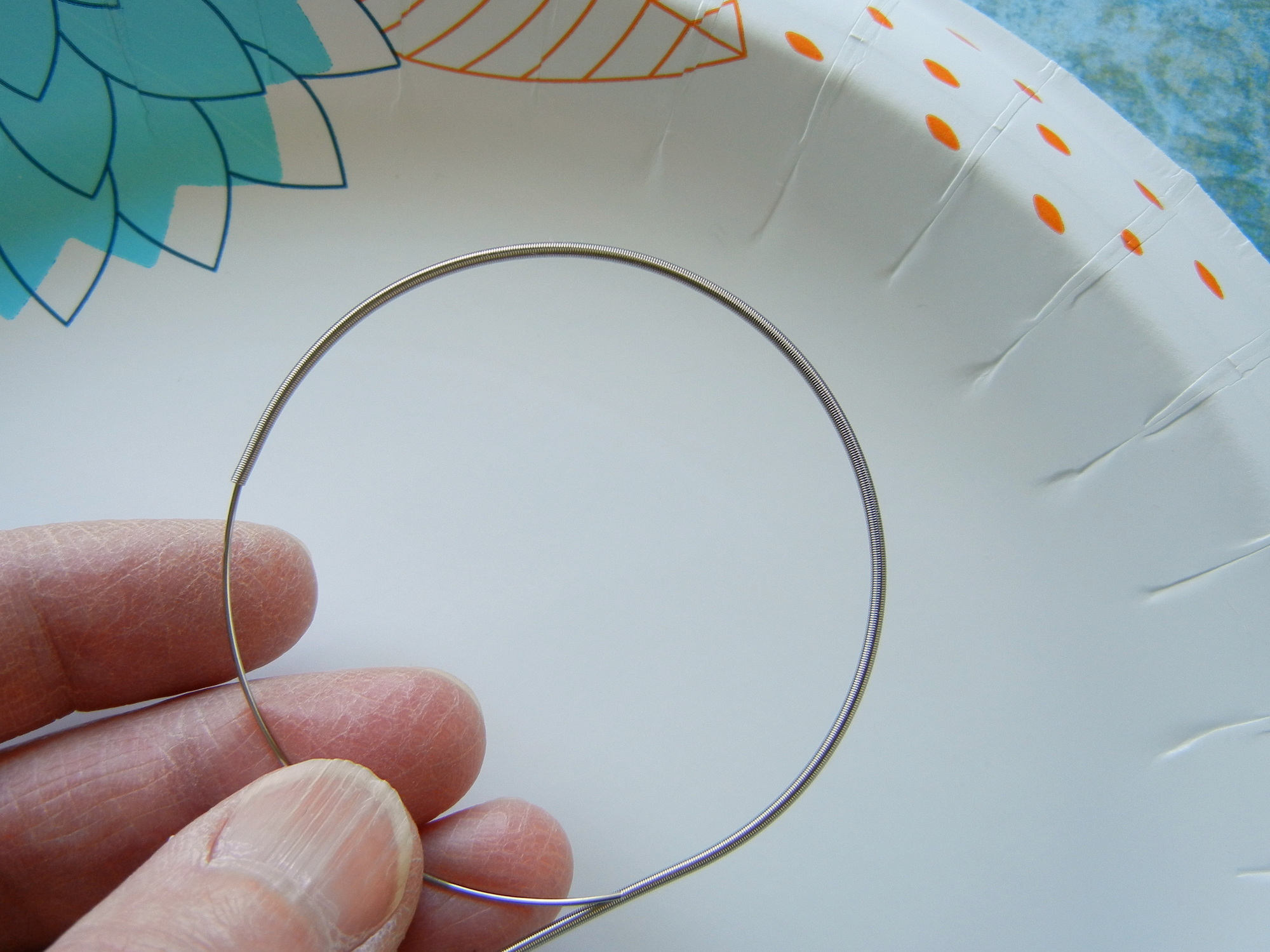
String the blunt end of the spring onto the coil of Memory Wire until it butts up against the pointy end. (You may need to use a second piece of wire to push the cut wire coil into the spring.)
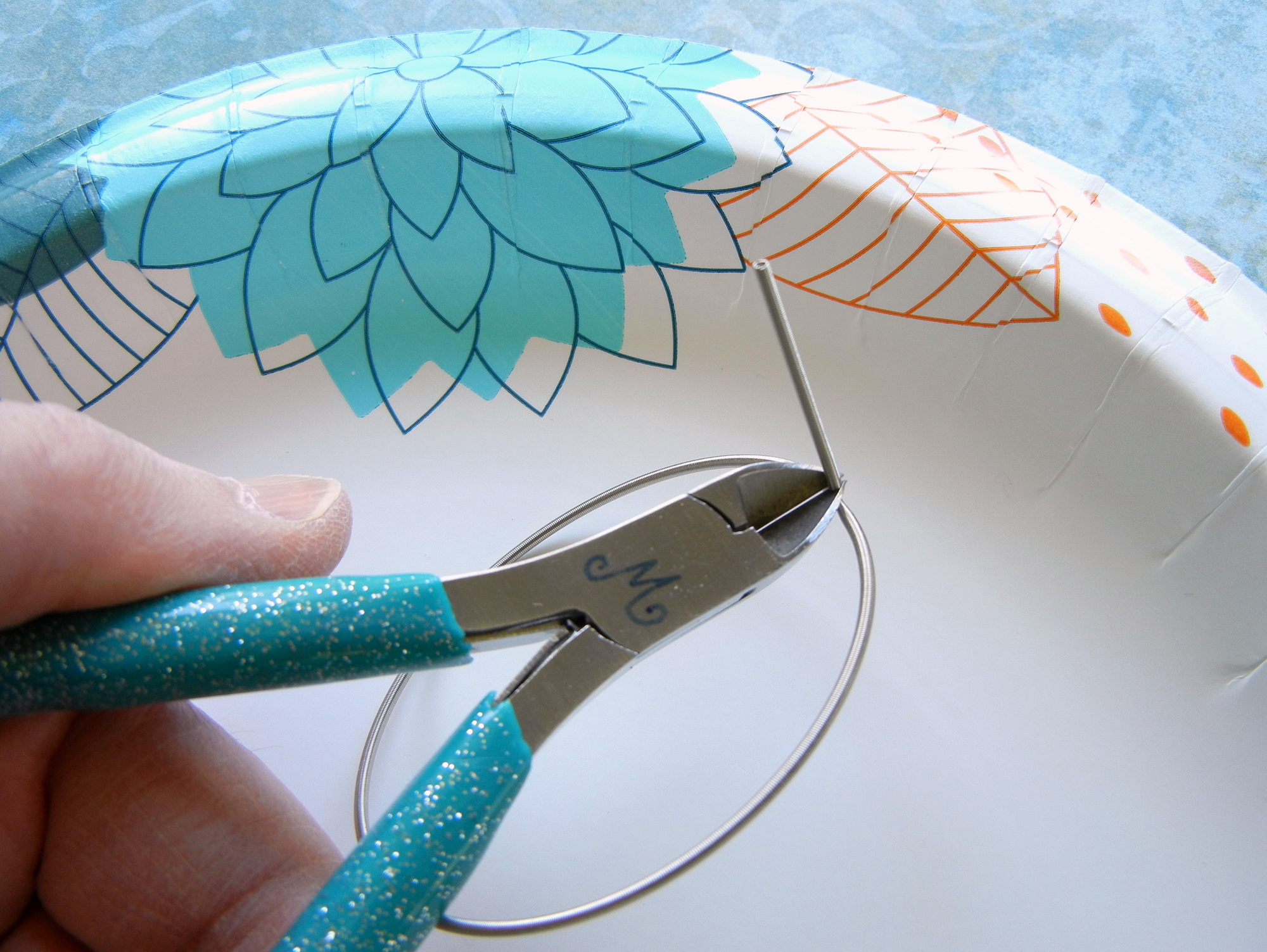
Use semi-flush side cutters to cut off the excess spring where the Memory Wire coil ends. To prevent compressing the open end of the spring, stretch the spring and insert the cutter jaw, then cut the wire. A clean blunt cut will assure the spring ends will still fit together.
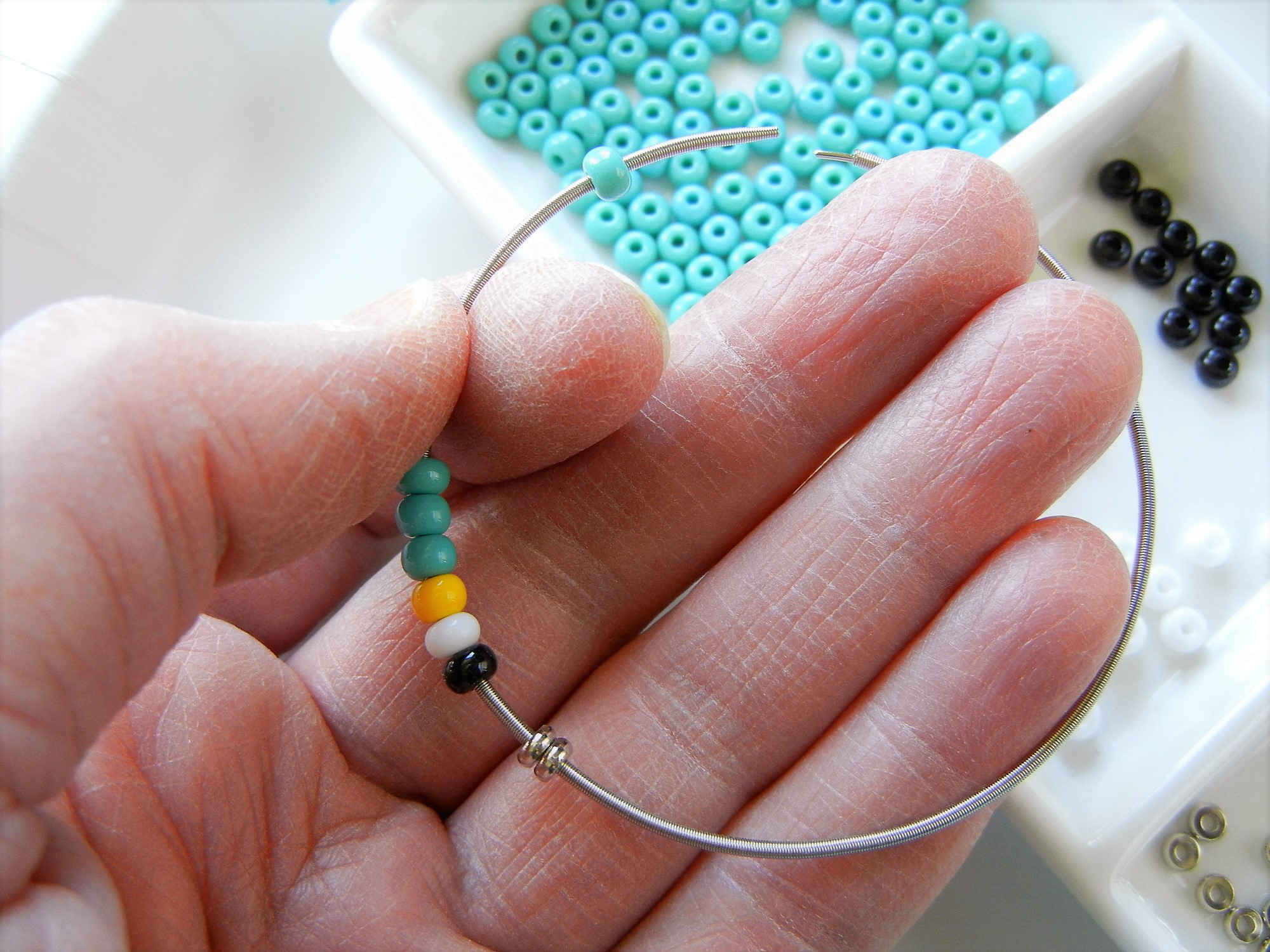
Now string beads onto the pointy end of the spring. Here is the beading pattern I used: two metal heishi beads, one black glass E-bead, one white glass E-bead, one yellow glass E-bead, 16 sea-green E-beads, one yellow glass E-bead, one white glass E-bead, one black glass E-bead, and two metal heishi beads.
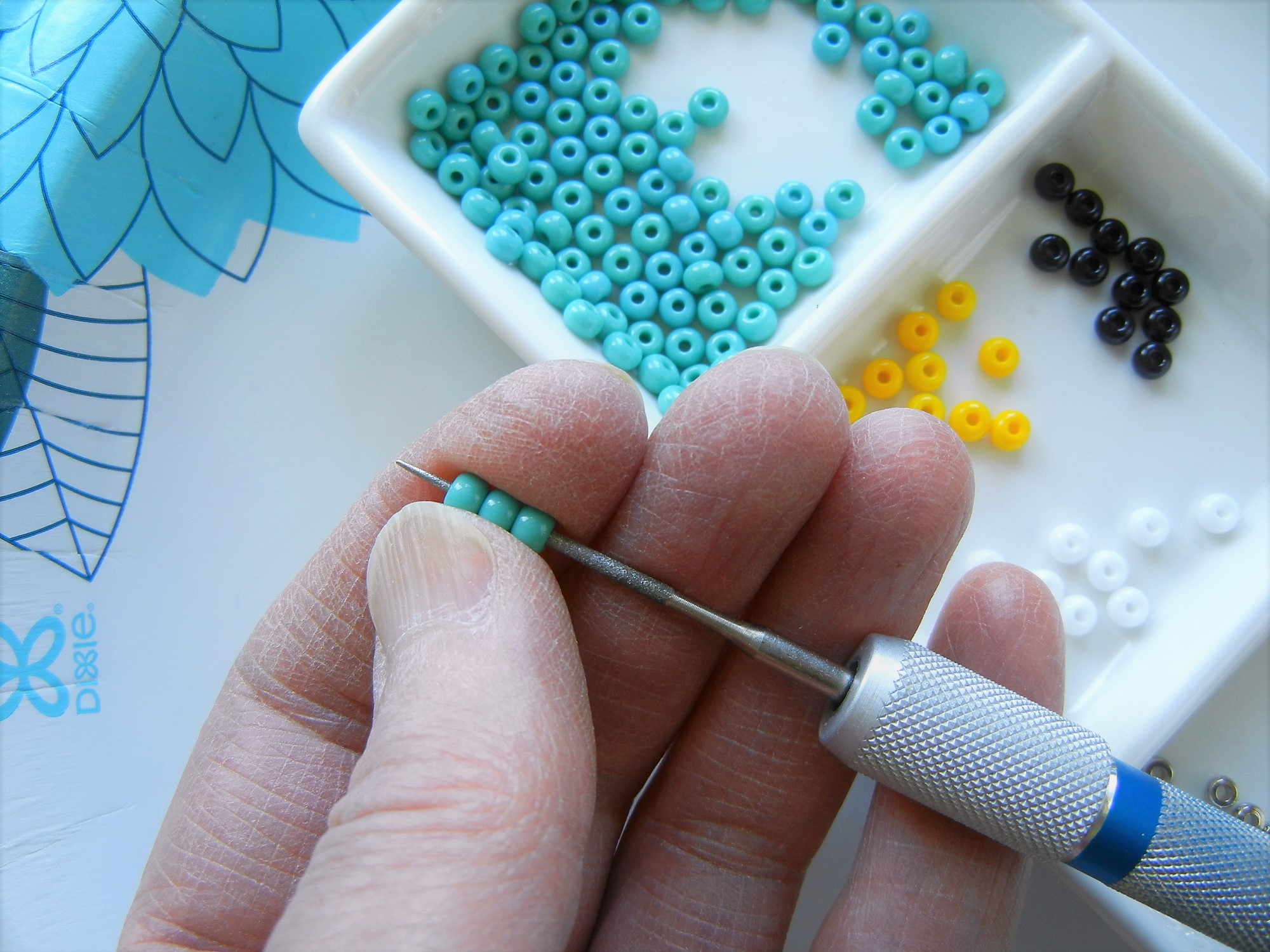
Size 6 E-beads have a bead hole ranging in size from 1.3 to 1.7mm, so some beads may not fit the 1.4mm spring. To remedy the situation, use a bead reamer to enlarge the bead holes. Bead reamers have fine diamond-coated tips that file away the glass surface; insert the reaming tool in the bead hole and twist while holding the bead stationary. With E-beads, you can ream more than one bead at a time, just be sure to switch the positions of the beads to achieve even bead holes.
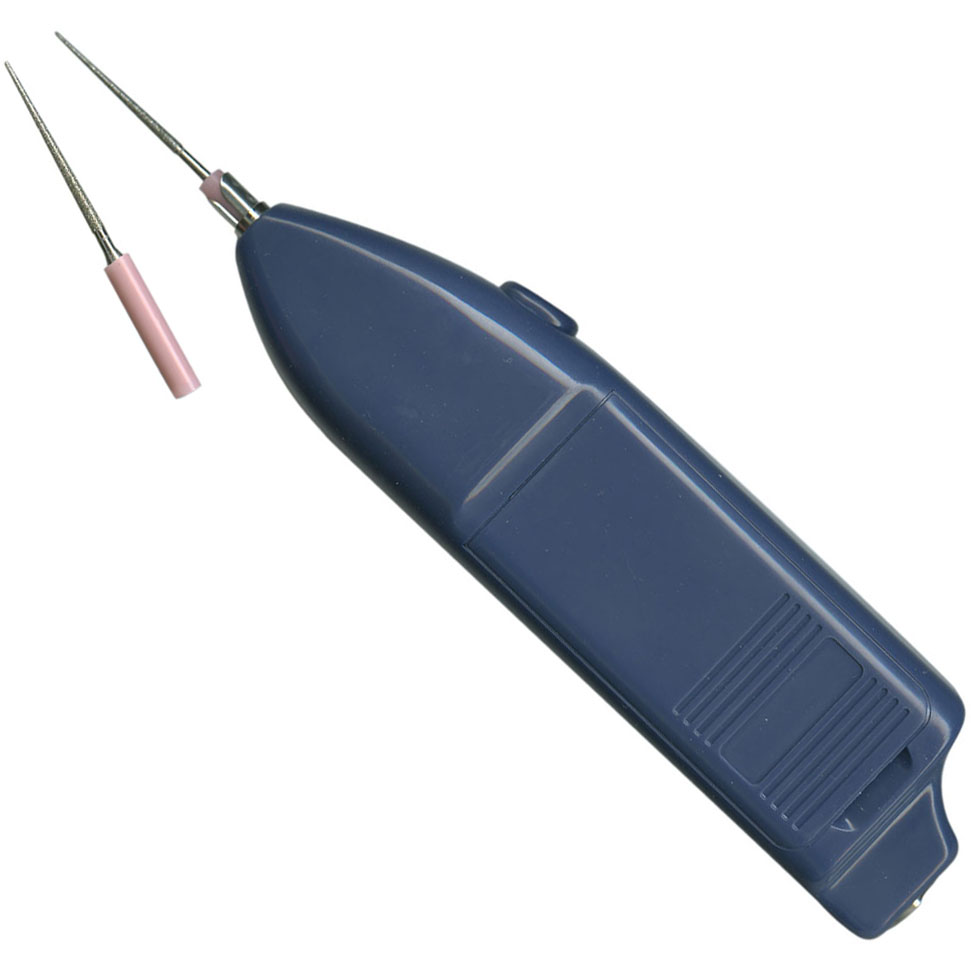
Beadalon Bead Reamer, Battery Operated
While bead reaming isn’t anyone’s favorite task, it is more enjoyable with Beadalon’s Battery-Operated Bead Reamer. The bead reamer is lightweight, comes with two reaming tips, and runs on two AA batteries (not included).
For most materials, we suggest that you submerge the item in a small amount of water and work alternately from both sides of the bead. Submerging the item in a bit of water helps prevent dust and keeps the bead cool.
By working from both ends of the bead, you can enlarge the hole to the size you need.
Here is an alternate fabrication method! Do your preferred beads have smaller holes? Not a fan of bead reaming? Try this, string the beads directly onto the Memory Wire and then cut the spring bracelet to the length of the remaining wire gap.
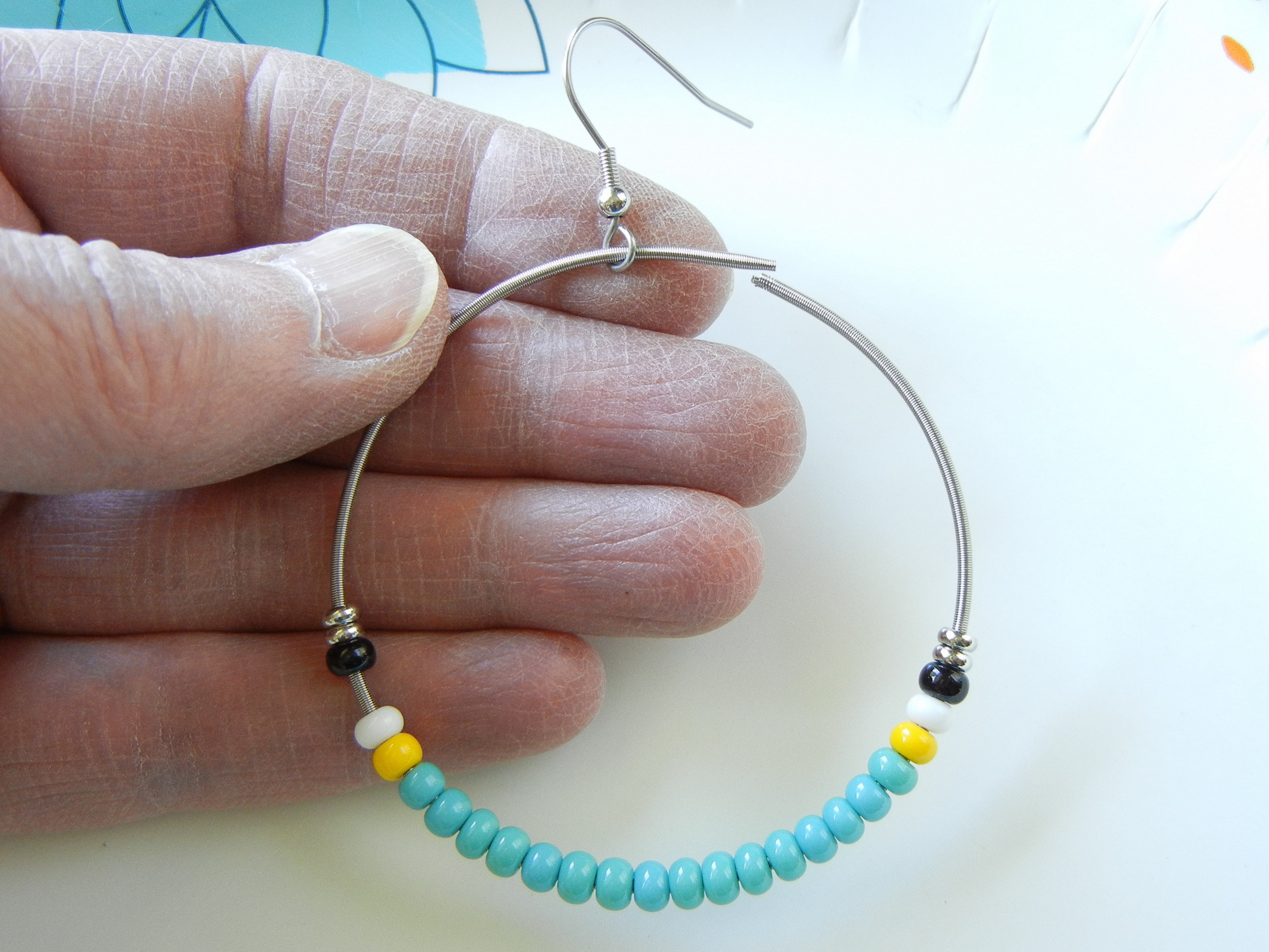
Finish stringing the beads on the springy coil hoop, and then add an earring hook.
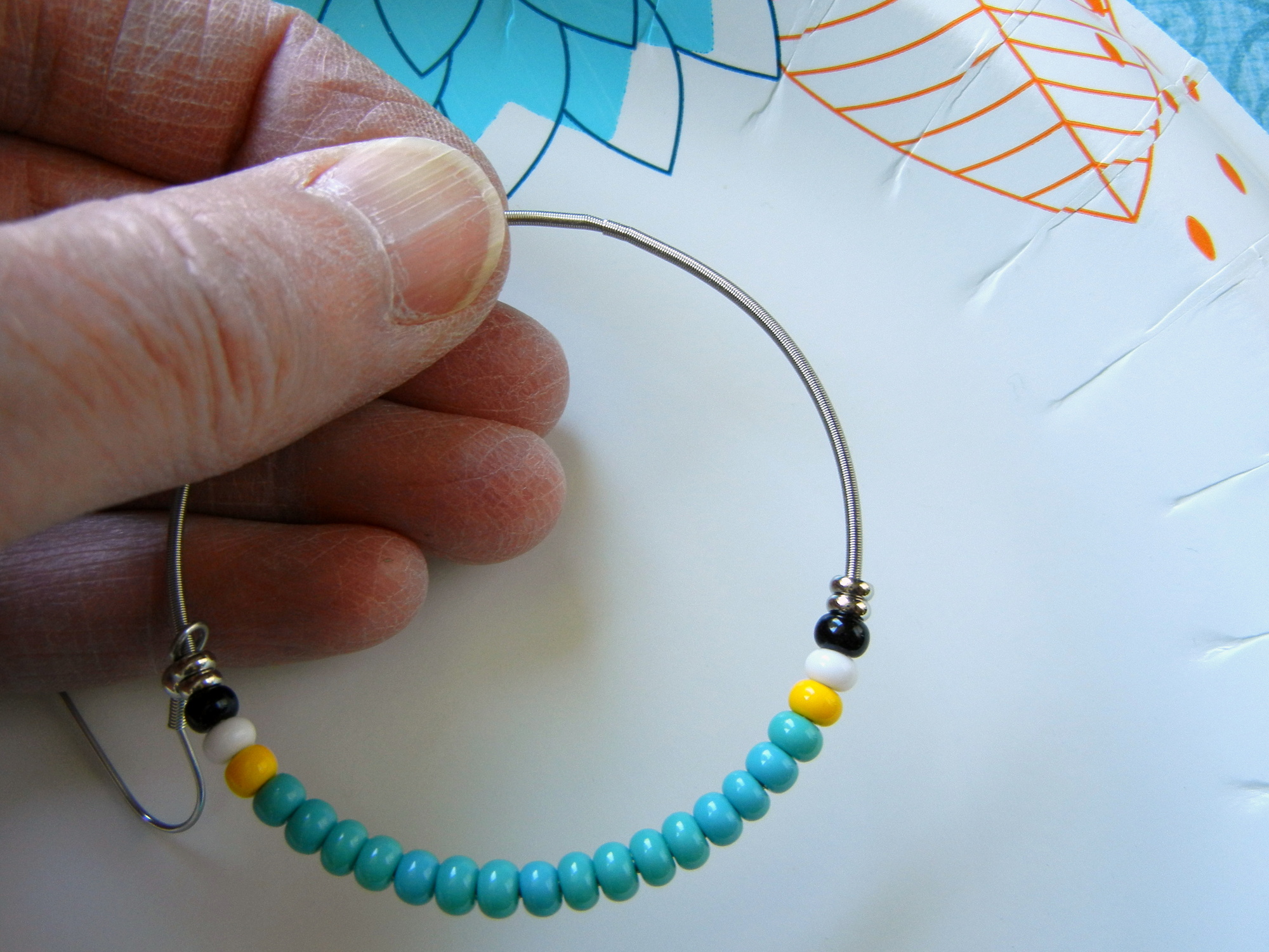
To connect the wire ends, just “backspin” before you screw the ends together. The spring ends stay together surprisingly well, but if you are worried about the spring coming apart, add a dot of glue at the joint and allow it to dry.
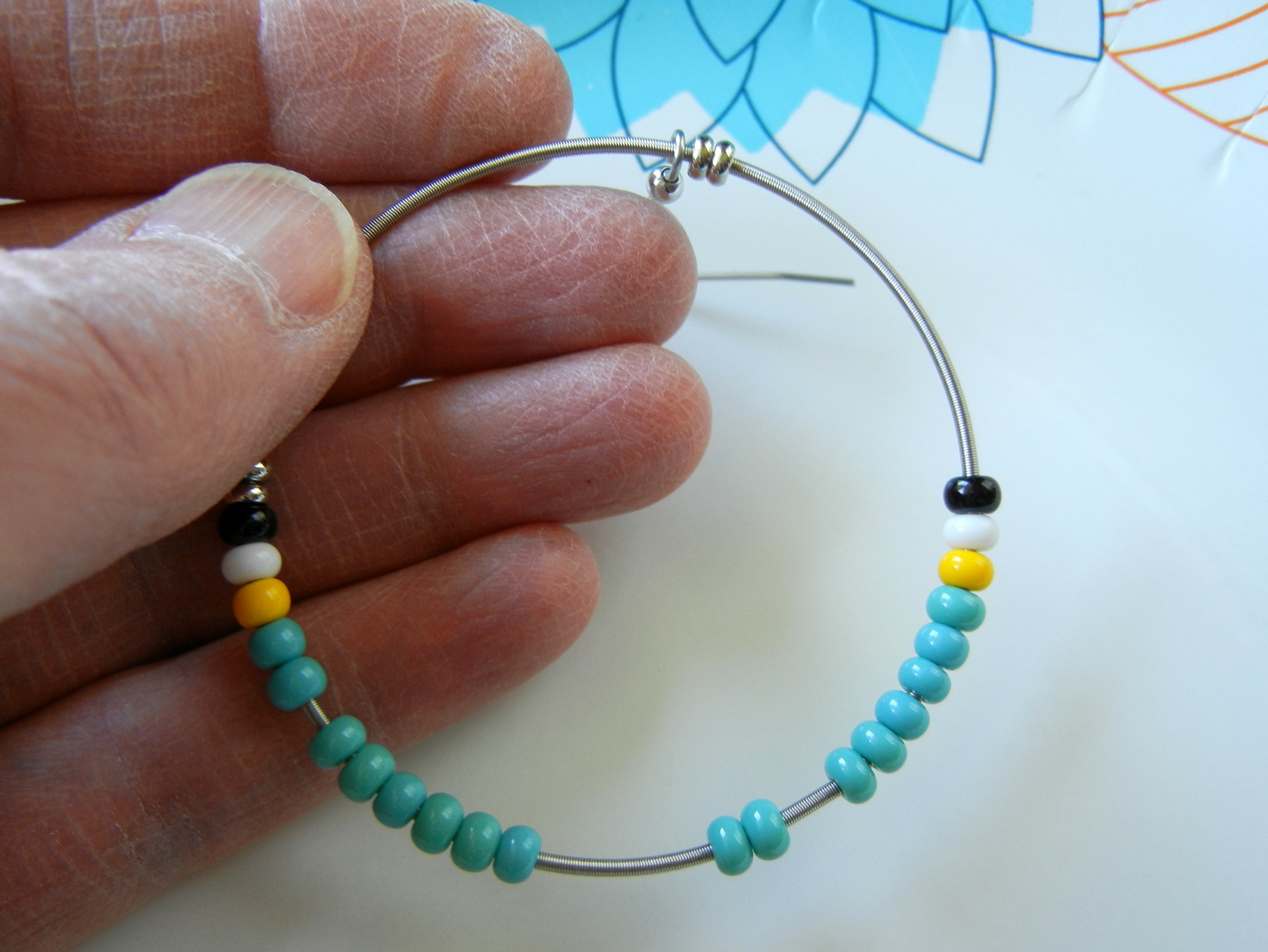
The springy coil is nearly seamless, but under close inspection, the join spot is visible. To hide the connection, slide the beads along the coil hoop until they cover the joint.
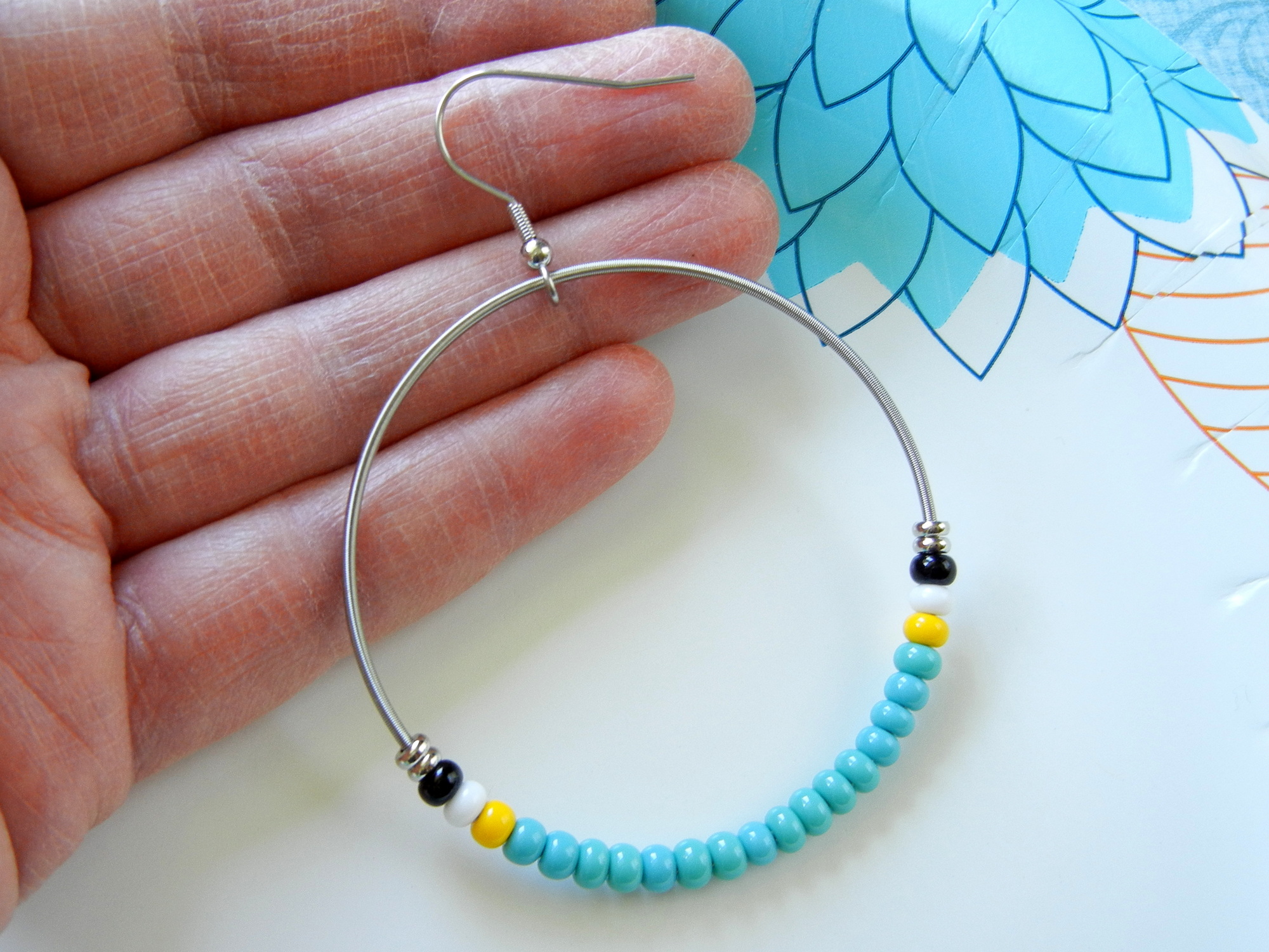
One beaded “guitar string” hoop earring done–perfect!
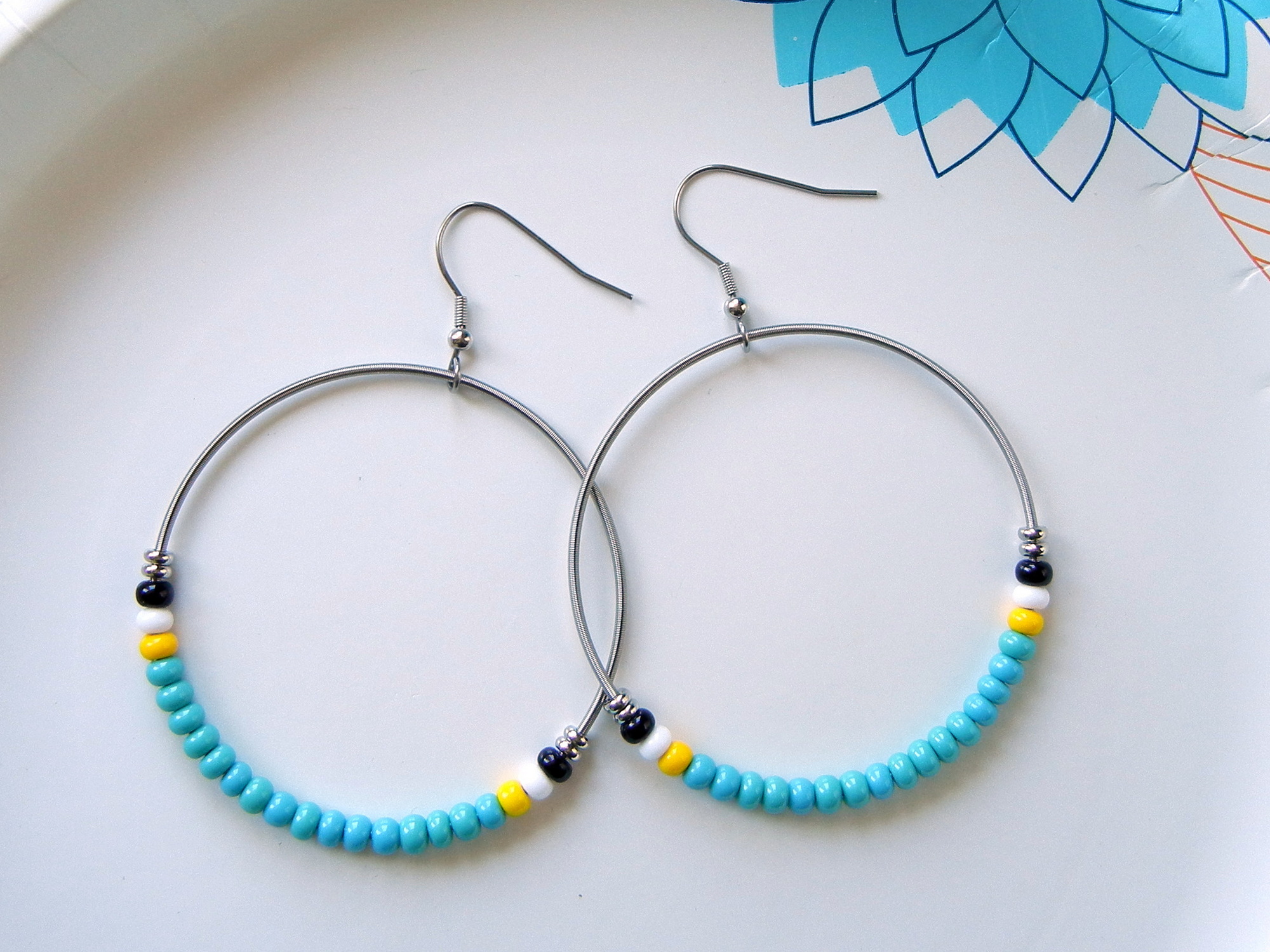
Repeat the steps to make the second earring.
.~***~.
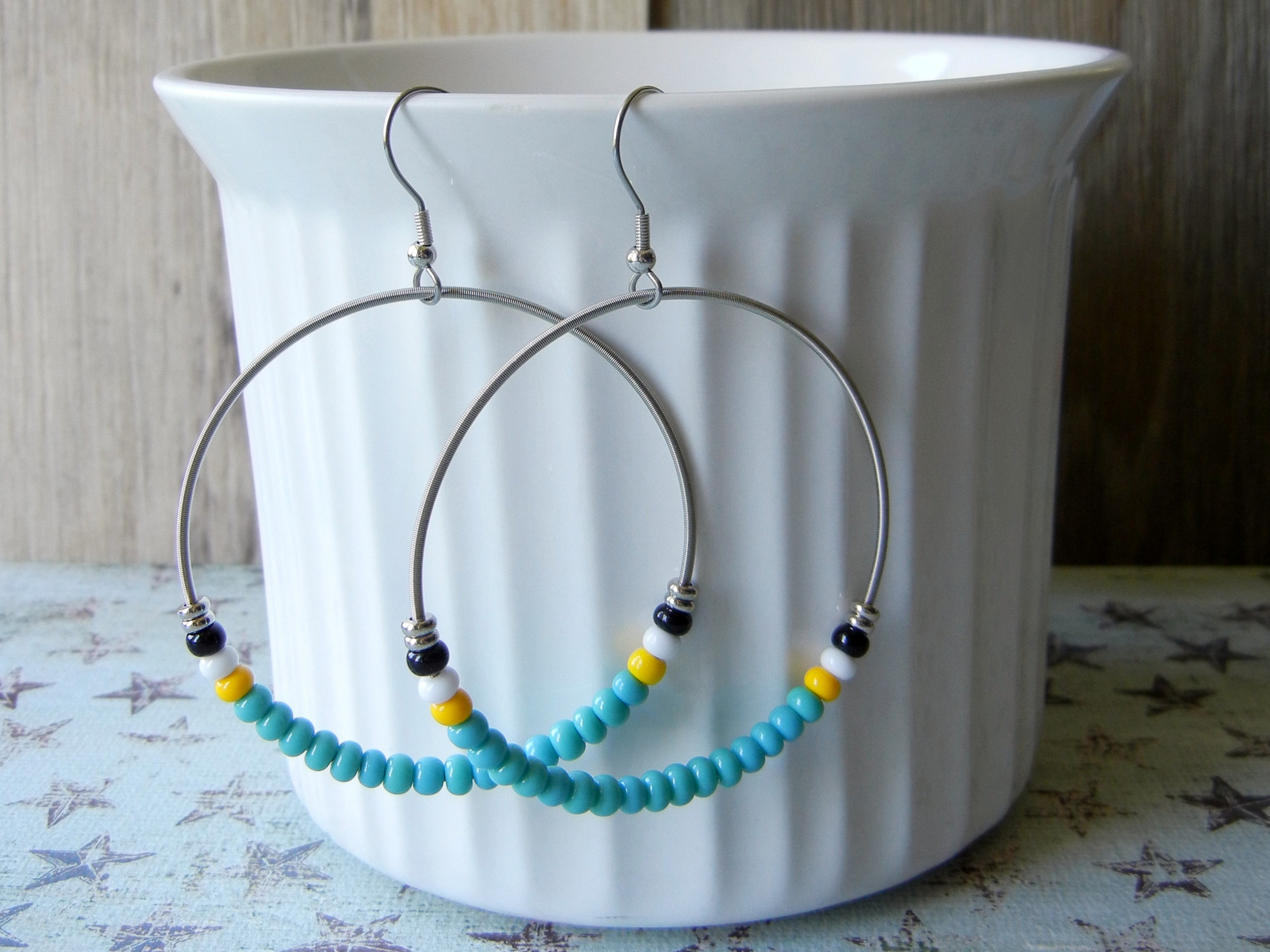
“Pendleton Skies” Guitar-String Hoop Earrings by Rings & Things designer Mollie Valente.
~oOo~
Want to learn more about spring bracelets and the mystery of the “backspin”? Watch the Rings & Things video ‘How to “Backspin” a Springy “Piano Wire” Bracelet’ featuring Rings & Things designer Rita Hutchinson! Here is a link to the video: https://www.youtube.com/watch?v=olrvXJH9nYM
Make Things,
Mollie
Edited to update links 2/2022

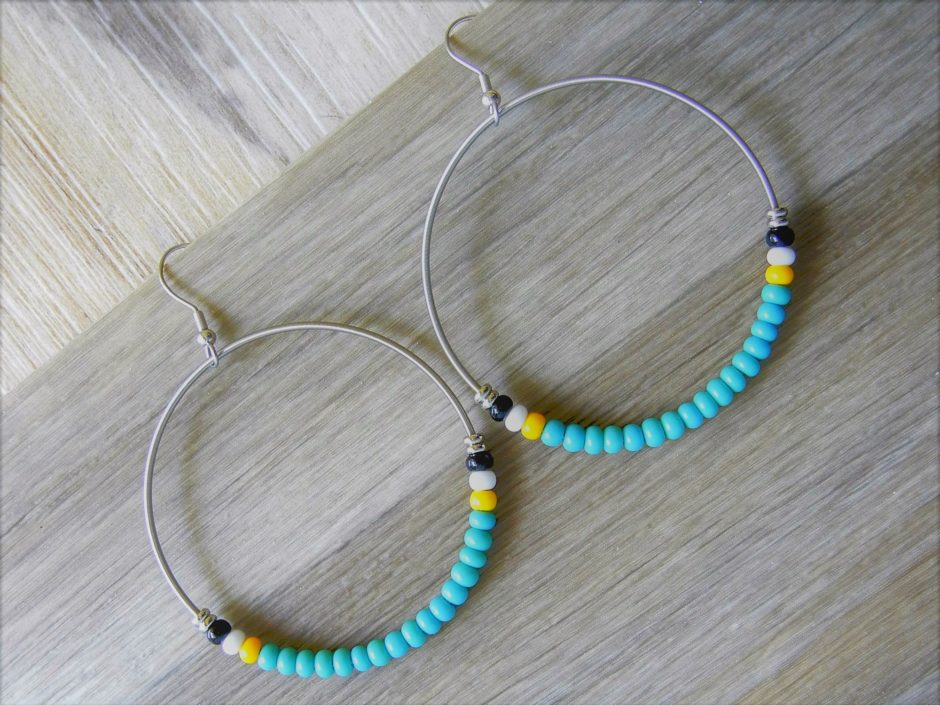

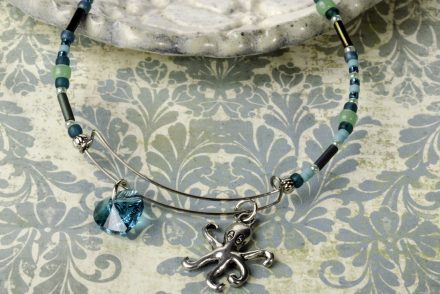
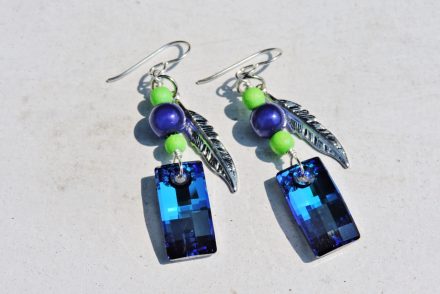
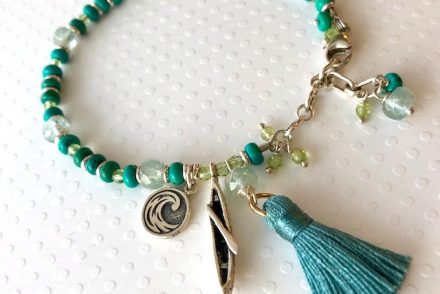
1 Comment
I love the simplicity of these earrings. The colors are very pretty!